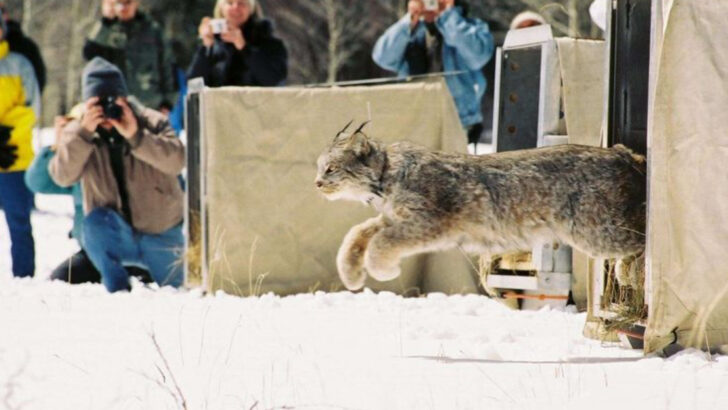When an animal is in trouble, the clock is ticking — but so are the hearts of the heroes rushing to save them.
Across the U.S., there are stories of rescue missions that will make you believe in second chances. These are the moments when humans and animals come together in a life-or-death race, fighting against the odds.
From birds tangled in nets to bears stranded in perilous situations, the compassion and dedication behind these rescues will leave you in awe. It’s not just about saving an animal — it’s about restoring hope, one rescue at a time.
Ready for some truly heartwarming stories? These 17 wildlife rescues are proof that even in the most desperate times, there’s always a chance for a miracle.
The California Condor Comeback
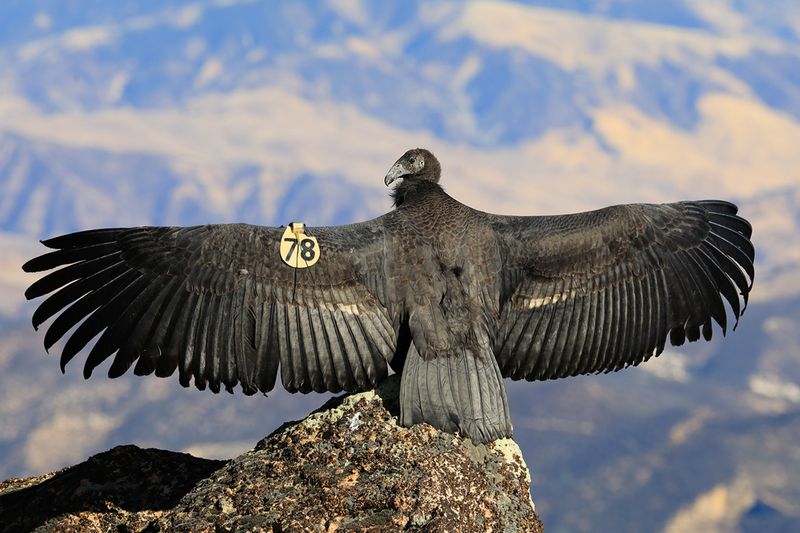
The California Condor, once on the brink of extinction, made a spectacular recovery thanks to concerted conservation efforts. In the 1980s, the entire population was captured for a breeding program as numbers dwindled to just 27 birds.
Through dedicated breeding and reintroduction programs, these majestic birds now soar once again across the sky, particularly in California and Arizona.
Witnessing their wings spread against the canyon’s backdrop is a testament to human dedication and ecological balance. It’s a story that inspires hope for other endangered species.
The Miracle of Winter the Dolphin
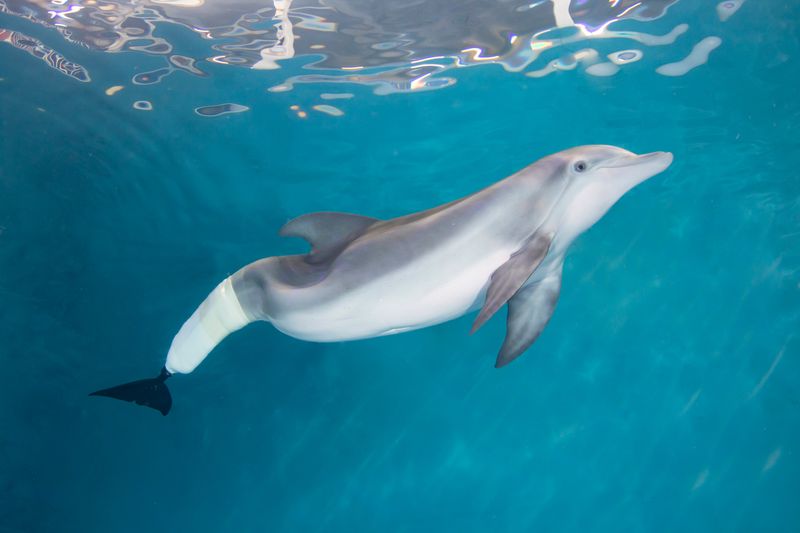
Winter the Dolphin captured hearts worldwide with her resilience. After losing her tail entangled in a crab trap line, Winter was fitted with a prosthetic tail.
This innovation was not only a medical marvel but also a heartfelt story of survival. Winter’s journey was immortalized in movies, inspiring many and highlighting the importance of marine rescue efforts.
Her playful nature and the bond she formed with her rescuers continue to inspire, showcasing the potential for innovation in wildlife rehabilitation.
Harriet the Bald Eagle’s Soar
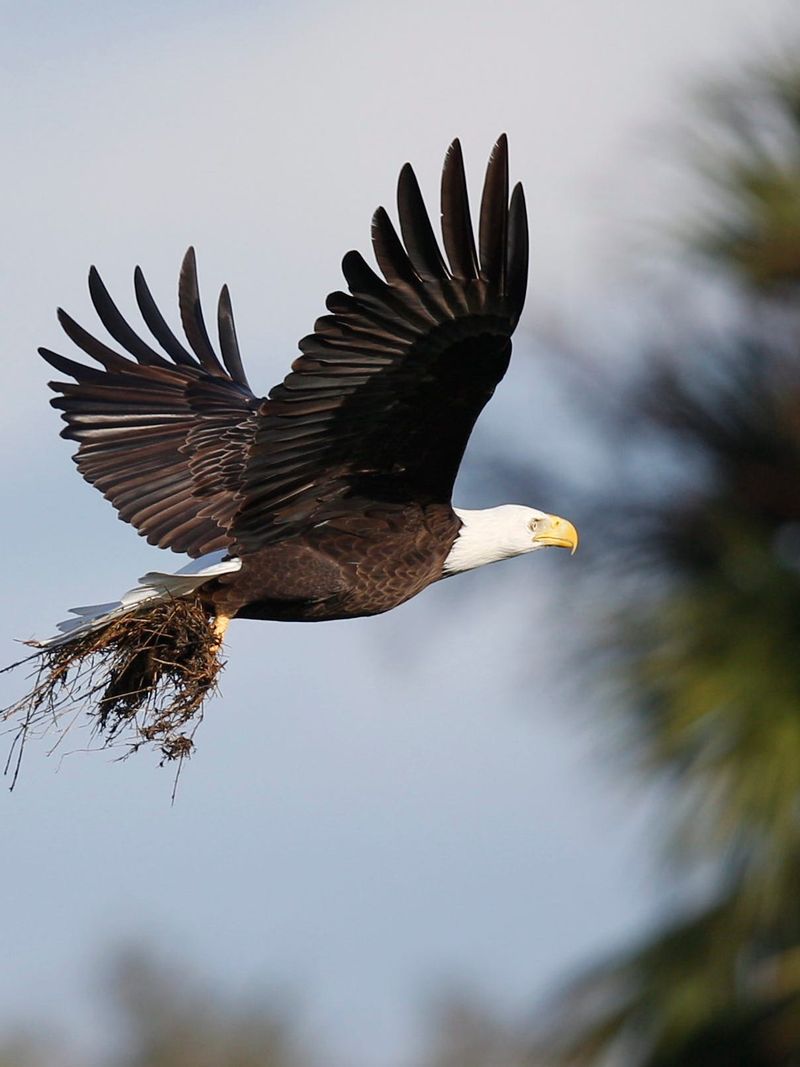
Harriet the Bald Eagle faced a perilous journey after being shot, but her recovery story is legendary. Found in a weakened state, she was brought to a wildlife rehabilitation center where she received intensive care.
Through months of treatment and rehabilitation, she regained her strength and was eventually released back into the wild. Harriet’s majestic flight across the lake symbolizes resilience and the effectiveness of wildlife rehabilitation programs.
Her story serves as a powerful reminder of the impact of human compassion and care.
The Florida Panther’s Return
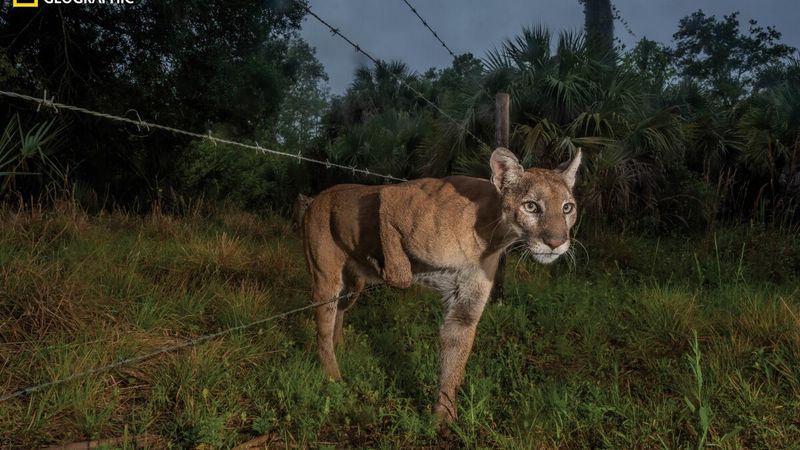
The Florida Panther’s journey from near extinction to a slow but promising recovery is a triumph of conservation. Habitat destruction and road accidents severely reduced their numbers.
Efforts focused on habitat preservation, road safety measures, and breeding programs have helped boost their population. Seeing these majestic creatures reclaim their place in the Everglades underscores the effectiveness of targeted conservation strategies.
Their story is a beacon of hope for large predators facing similar threats worldwide.
The Beaver Creek Otters’ Adventure
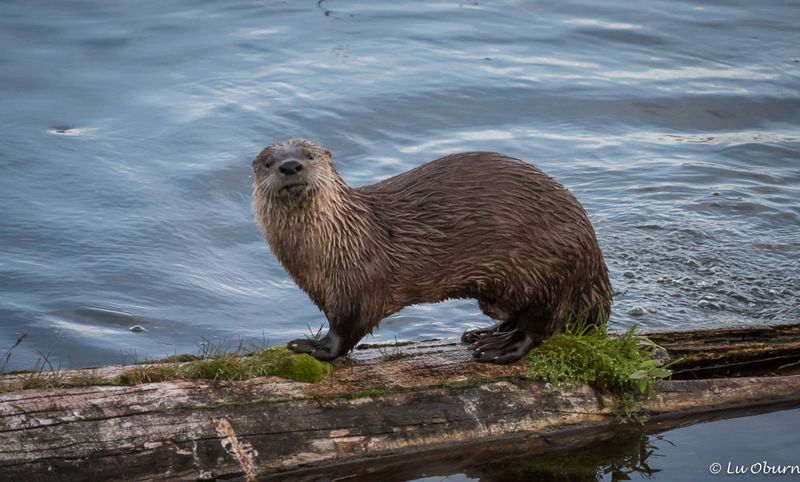
The Beaver Creek Otters’ story began with a rescue from a polluted environment. Authorities and volunteers collaborated to clean the creek and create a safe habitat for these playful creatures.
As the water quality improved, otters were reintroduced, and their playful antics soon followed. Their successful return serves as a joyful reminder of the interconnectedness of ecosystems and the positive change that environmental restoration can bring.
Watching them dive and play is a testament to the resilience of nature.
The Great Smoky Bear Rescue
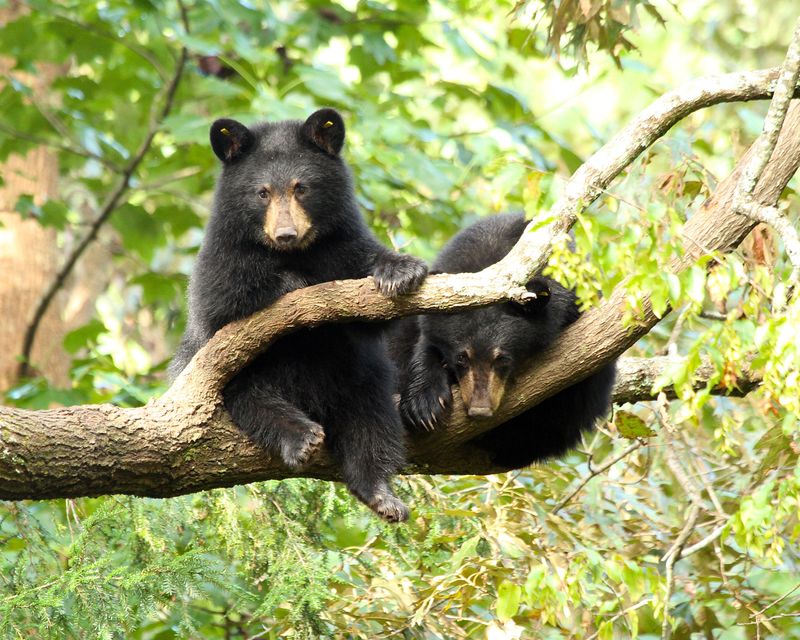
The Great Smoky Bear Rescue involved the dramatic saving of bear cubs orphaned due to habitat destruction. Wildlife biologists and volunteers worked tirelessly to nurse these cubs back to health.
Through rehabilitation and careful monitoring, they were eventually released back into the wild, where they thrived. Observing their playful exploration of the forest is a heartwarming sight that underscores the critical role of rescue interventions in preserving wildlife heritage.
The Texas Sea Turtle Revival

The Texas Coast witnessed a remarkable sea turtle revival, particularly of the endangered Kemp’s Ridley turtles. Conservationists and volunteers joined forces for beach patrols, nest protection, and hatchling releases.
Their efforts have led to increasing numbers of hatchlings reaching the ocean. These turtles, slowly making their way to the sea under a vibrant sunset, symbolize hope and the enduring impact of community-driven conservation efforts.
It’s a story that echoes the importance of protecting marine life.
Yellowstone’s Wolf Reintroduction
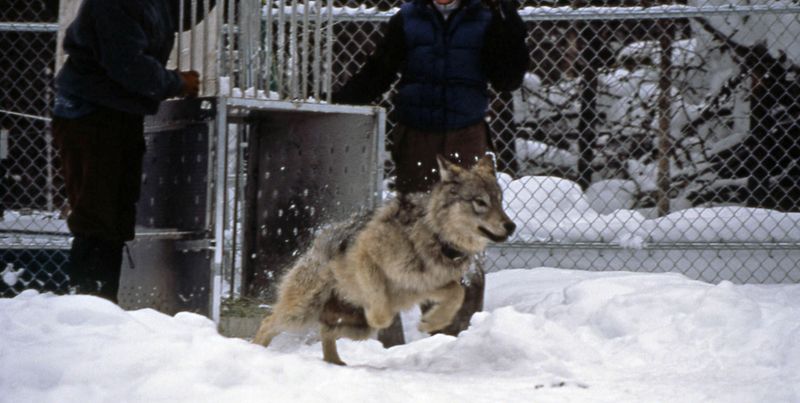
The reintroduction of wolves to Yellowstone National Park is a landmark conservation success. Decades after their eradication, wolves were reintroduced to restore ecological balance.
Their presence has altered the park’s ecosystem, affecting prey populations and even river courses. Watching a pack move through the snowy terrain is a powerful sight, illustrating nature’s intricate web and the role apex predators play.
This endeavor shows the vast impact a single species can have on an entire ecosystem.
The New Orleans Pelican Project
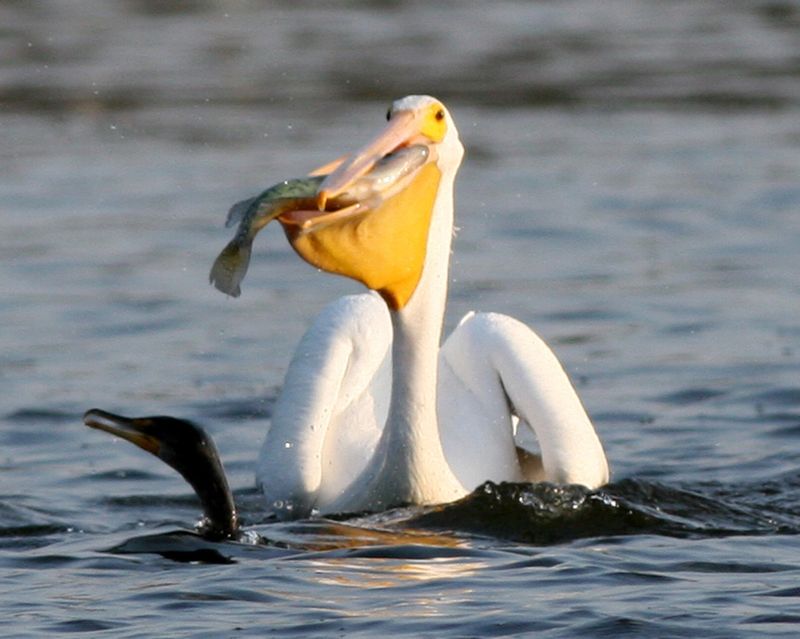
Brown Pelicans, once facing severe population decline due to pesticide exposure, have seen a resurgence along the Gulf of Mexico. The New Orleans Pelican Project involved habitat restoration and protection measures that helped bring these graceful birds back.
Watching them glide effortlessly over the water or rest majestically by the shoreline is a testament to successful intervention and recovery. Their comeback story highlights the importance of addressing human-induced environmental challenges.
The Appalachian Salamander Surprise
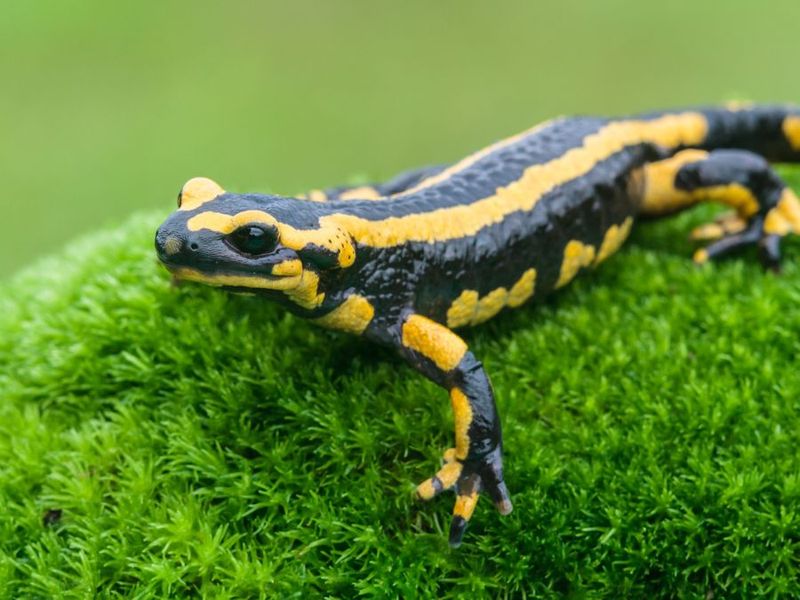
Appalachian Salamanders, once threatened by habitat destruction and pollution, have made a surprising comeback. Conservation efforts focused on habitat restoration and pollution control have led to a significant increase in population.
Spotting one of these colorful creatures amidst the forest floor is a reminder that even the smallest species benefit from environmental stewardship.
Their recovery story encourages ongoing efforts to preserve biodiversity in the Appalachian region.
The Alaska Polar Bear Patrol
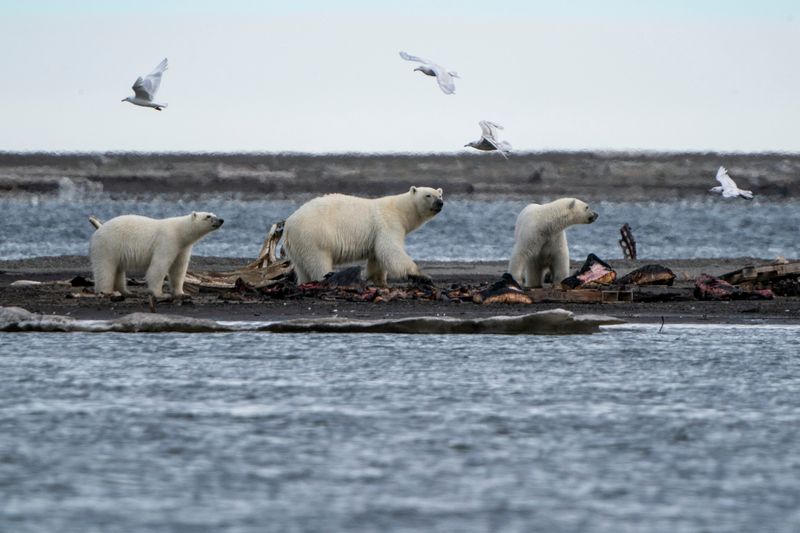
The Alaska Polar Bear Patrol has been pivotal in monitoring and protecting polar bear populations facing climate change-induced habitat loss.
Researchers and conservationists track these majestic animals to ensure their survival and adaptation in warming climates. Watching a mother with her cubs roam the expansive ice caps is both awe-inspiring and a call to action.
This initiative highlights the importance of addressing global warming to preserve Arctic wildlife.
The Vermont Loon Recovery

Vermont’s lakes once faced declining populations of Common Loons due to pollution and habitat disruption. Conservation measures including pollution control and nesting protection have successfully revived their numbers.
Hearing their haunting calls echo across a misty lake at dawn is an evocative experience, symbolizing hope and renewal. The loon’s return is a testament to the effectiveness of targeted conservation efforts and the beauty of restored natural habitats.
The Colorado Lynx Reintroduction
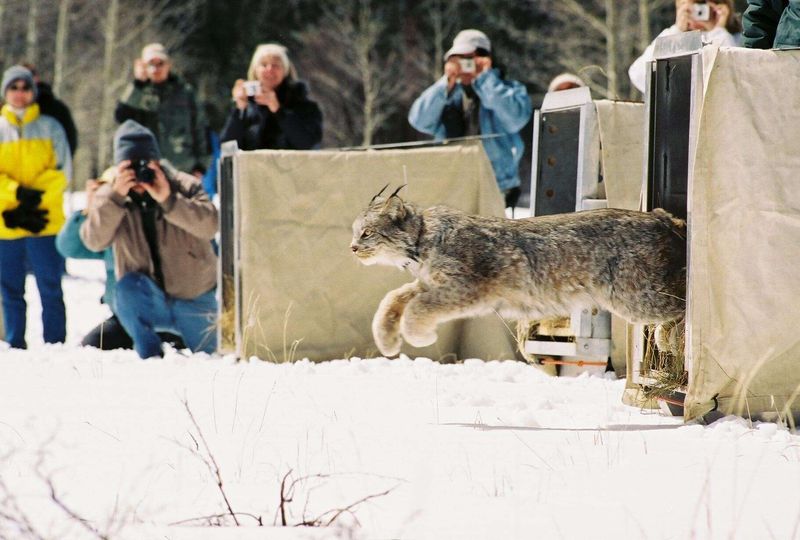
The reintroduction of the Lynx to Colorado’s forests is a remarkable wildlife success. Once extirpated, these elusive cats were reintroduced to restore ecological balance. Their presence has enriched biodiversity and helped control prey populations.
Observing a lynx move silently through the snow-covered terrain is a thrilling reminder of nature’s resilience and the success of rewilding efforts. This initiative showcases the importance of preserving predator species for ecological health.
The Oregon Spotted Frog Leap
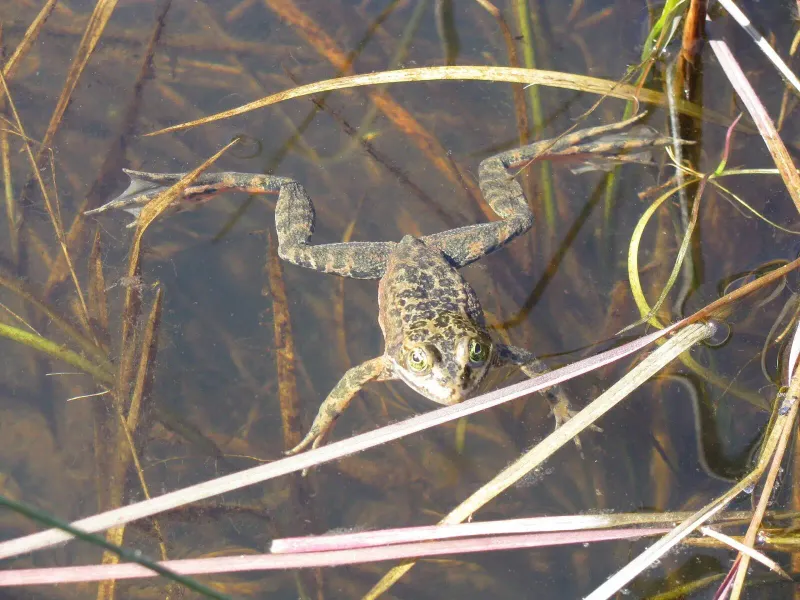
The Oregon Spotted Frog, once on the brink of extinction, has made a remarkable leap towards recovery. Conservation efforts focused on habitat restoration and predator control have allowed these vibrant amphibians to thrive once more.
Watching them leap gracefully in restored wetlands is a testament to the power of dedicated conservation initiatives. Their comeback story is a beacon of hope for amphibian conservation and highlights the importance of protecting wetland habitats.
The Everglades Snail Kite Flight
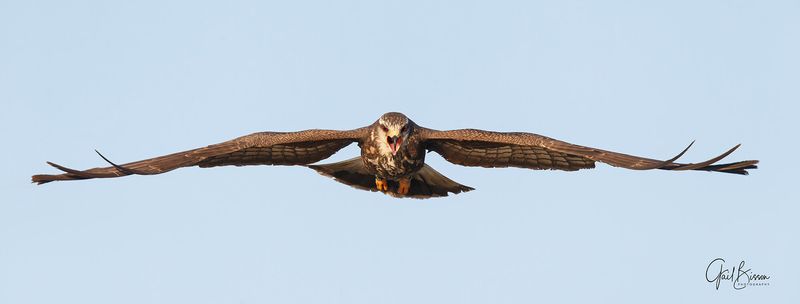
The Everglades Snail Kite, a bird of prey with a specialized diet, faced population decline due to habitat loss. Restoration of the Everglades ecosystem, along with conservation measures, has helped these kites soar once again.
Their graceful flight over the wetlands is a celebration of successful habitat restoration and species recovery. This story underscores the interconnectedness of species and habitats, highlighting the importance of comprehensive environmental conservation.
The New York Peregrine Falcon Flight

Peregrine Falcons, once endangered due to pesticide use, have made a striking comeback in urban environments like New York City. Conservation efforts, including banning harmful pesticides and urban nesting programs, have enabled these birds to thrive.
Watching a falcon dive at incredible speeds amidst the city’s skyscrapers is a breathtaking sight. Their successful recovery highlights the adaptability of nature and the positive impact of targeted conservation actions.
The Arizona Jaguar Journey
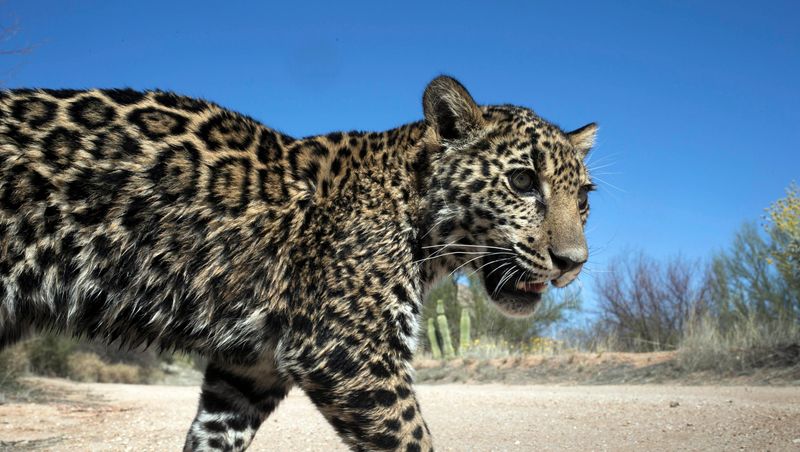
The return of Jaguars to Arizona’s wilderness marks a significant milestone in conservation. Once extirpated, these powerful predators have been sighted again thanks to habitat preservation and protection measures.
Observing a jaguar move silently through the forest is a thrilling experience that underscores the importance of preserving large tracts of wilderness.
Their journey back into the U.S. highlights the impact of cross-border conservation collaborations and the enduring resilience of nature.

